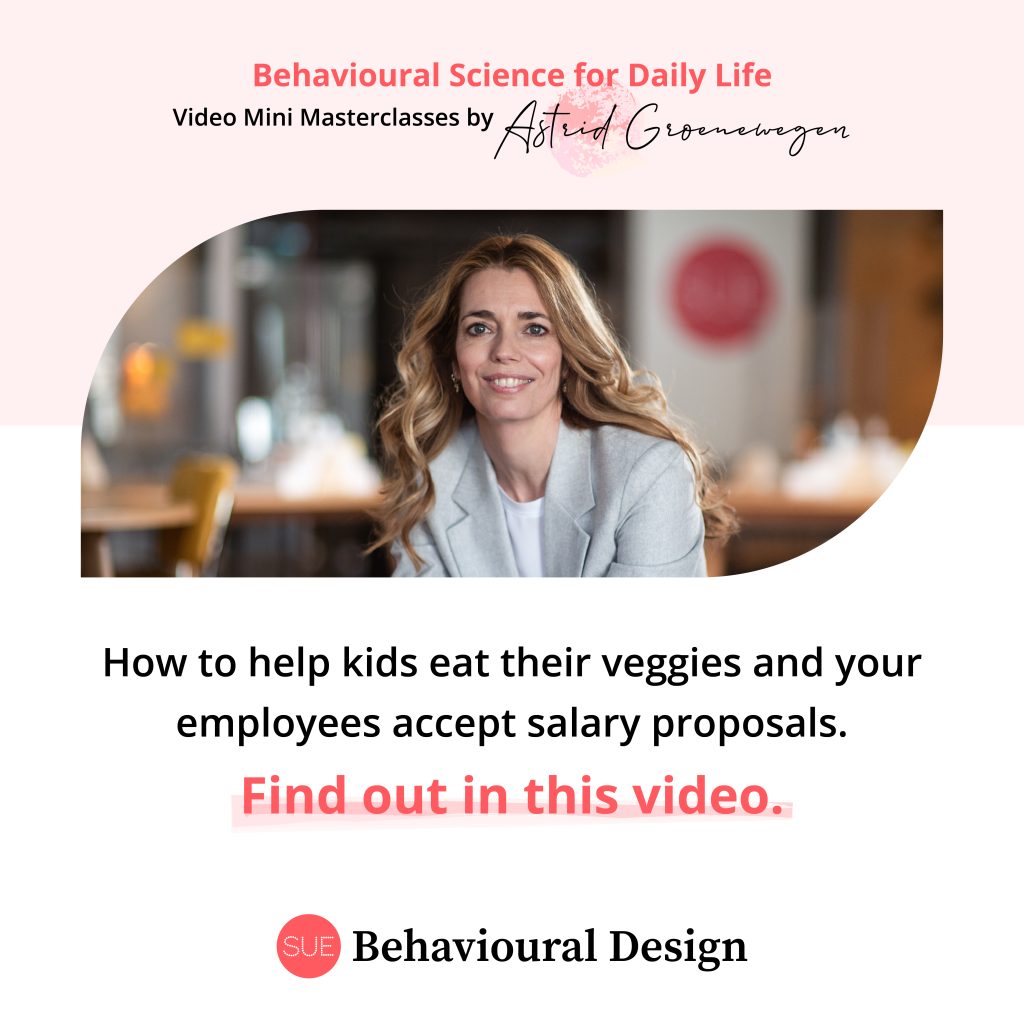
In this week’s video, Astrid Groenewegen explains how you can give a sense of control to people with the help of behavioural design. If you frame options in a certain way, you can influence behaviour in various fields.
Uncertainty vs choice freedom
We all want more control in life. We, as humans, don’t like uncertainty. That is why we all think we enjoy the freedom of choice. We believe that it will make us happier if we have control over our decisions. But behavioural research revealed that it doesn’t work like this.
‘More choice often leads to more doubt, less satisfaction and worse decision making‘.
Practical examples
Do you have children yourself? Then you probably have problems with getting them to eat vegetables. That’s why it’s time to start using behavioural design. What we often say is: ‘eat your peas’. But it is better to formulate the option to eat vegetables differently. Make your kids feel like they have control over what they eat by saying, “Would you like to eat your carrots or peas first?” As a result, you have given them an option while giving them so little autonomy that they have to eat vegetables anyway.
You can also apply this during salary negotiations as an employer. Often it comes down to the employee wanting a higher salary. How can you give them options without paying the highest price yourself? You can do this, for example, by offering a higher salary but attaching a condition to this. For example, include fewer days off in the contract.
So start using limited options to give people a sense of control and promote the desired behaviour unconsciously.

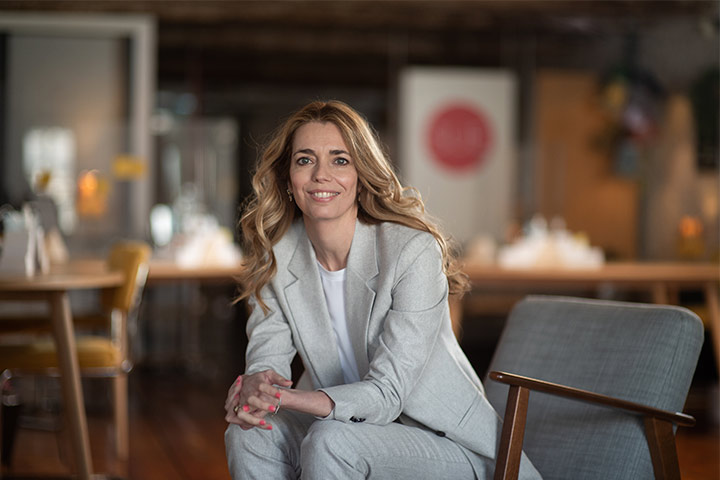
Watch more on YouTube
Check out the whole series on YouTube. If you like the videos, it would mean a great deal to me if you could give them a thumbs up or subscribe to my channel.
Or check out the most popular videos here
Or book a training
Learn how to influence minds and shape behaviour.
Join our most popular training the Behavioural Design Fundamentals Course. You will learn the latest insights from behavioural science and you'll master an easy-to-use method to help apply behavioural science in practice right away!
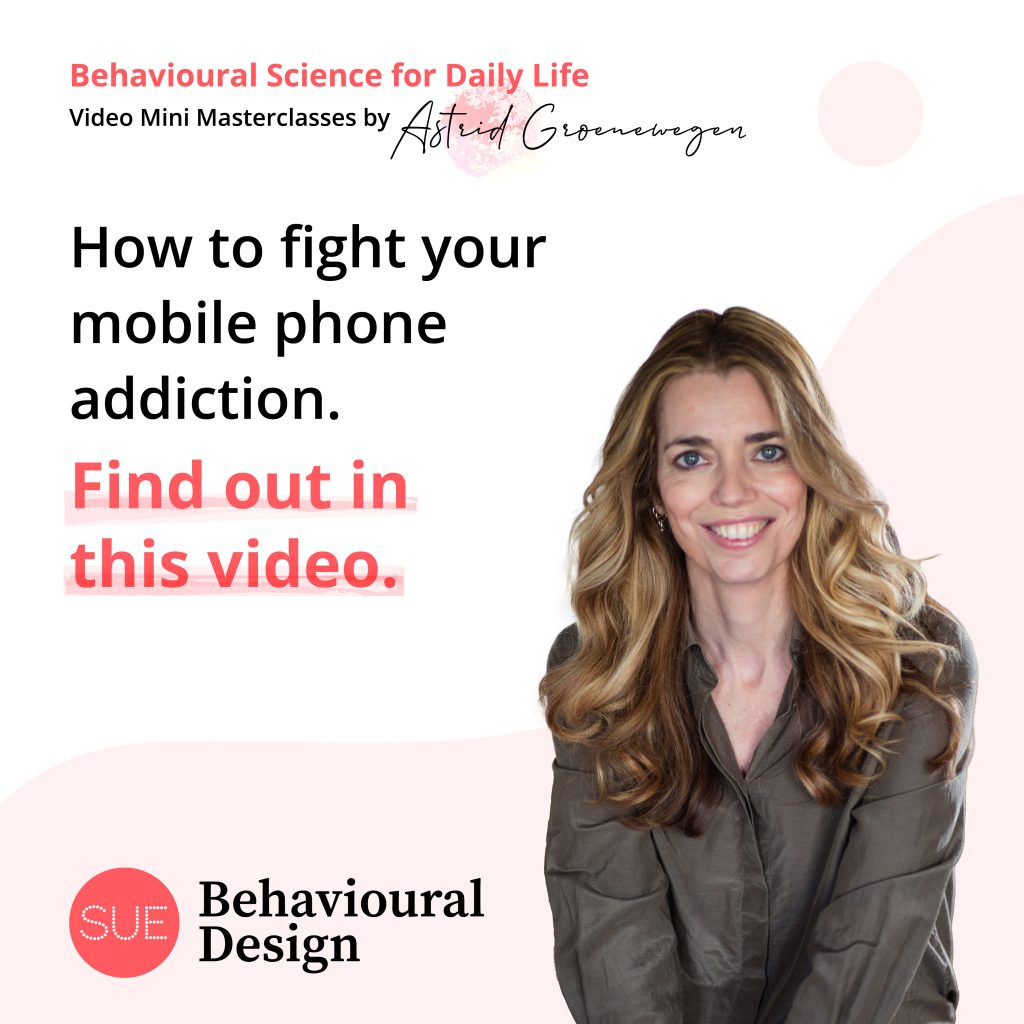
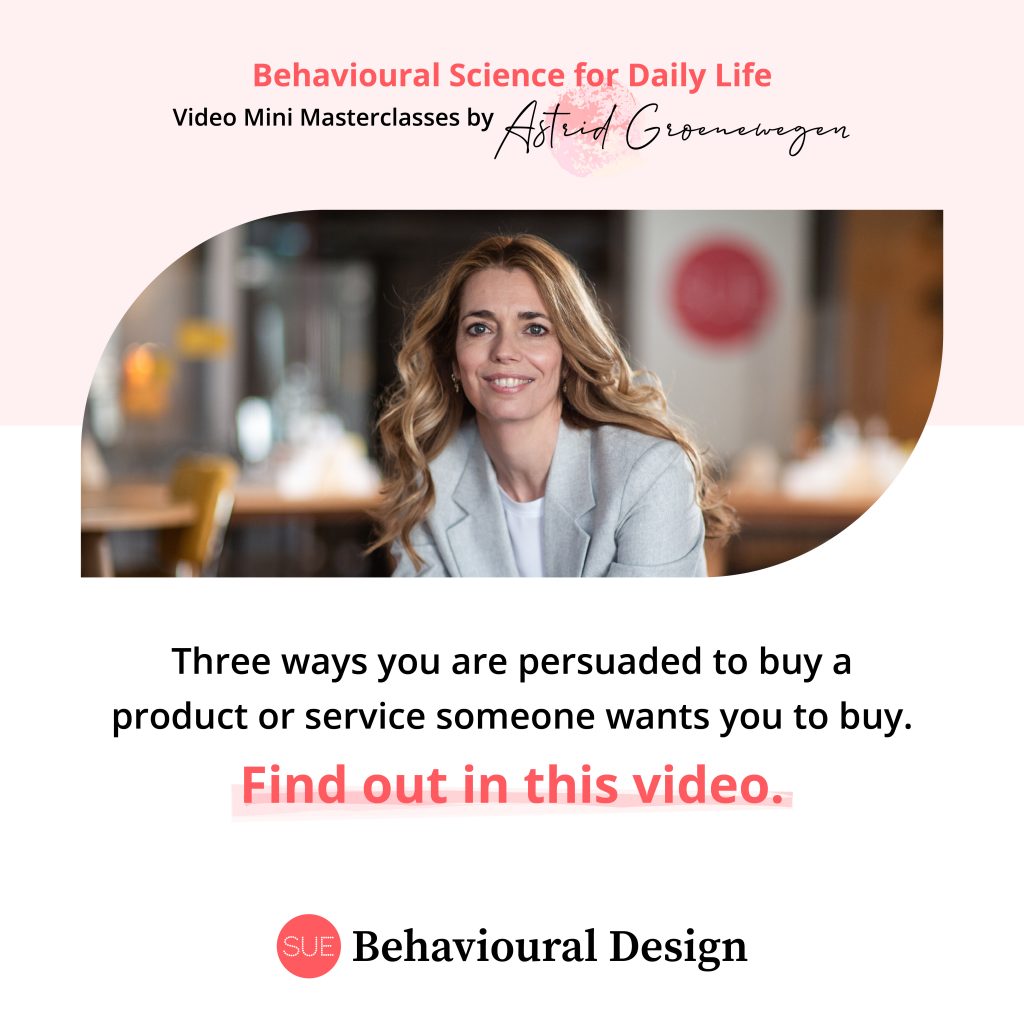
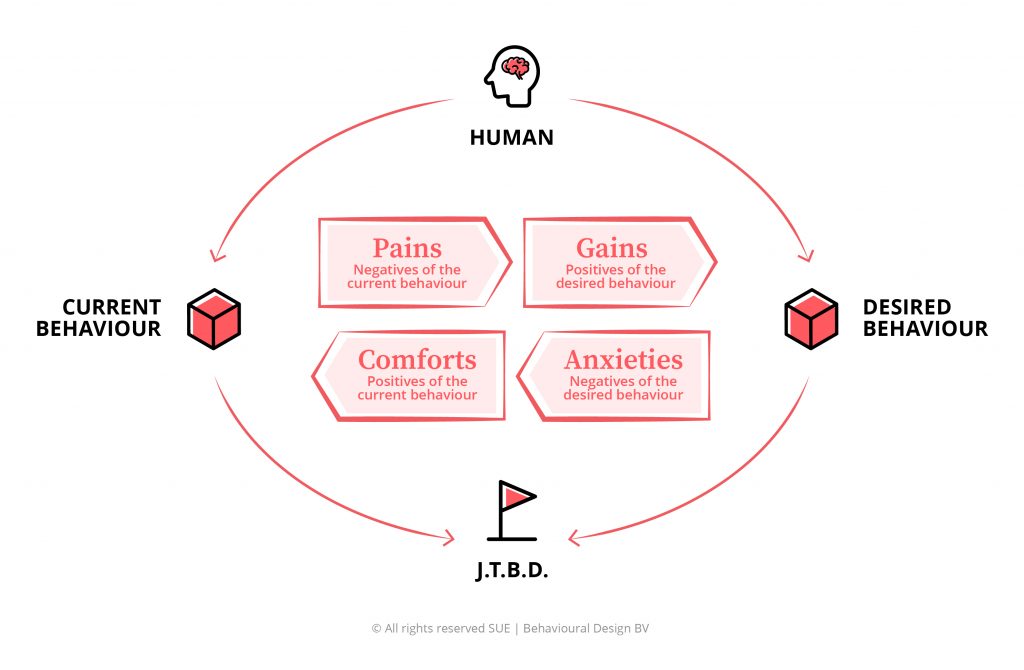
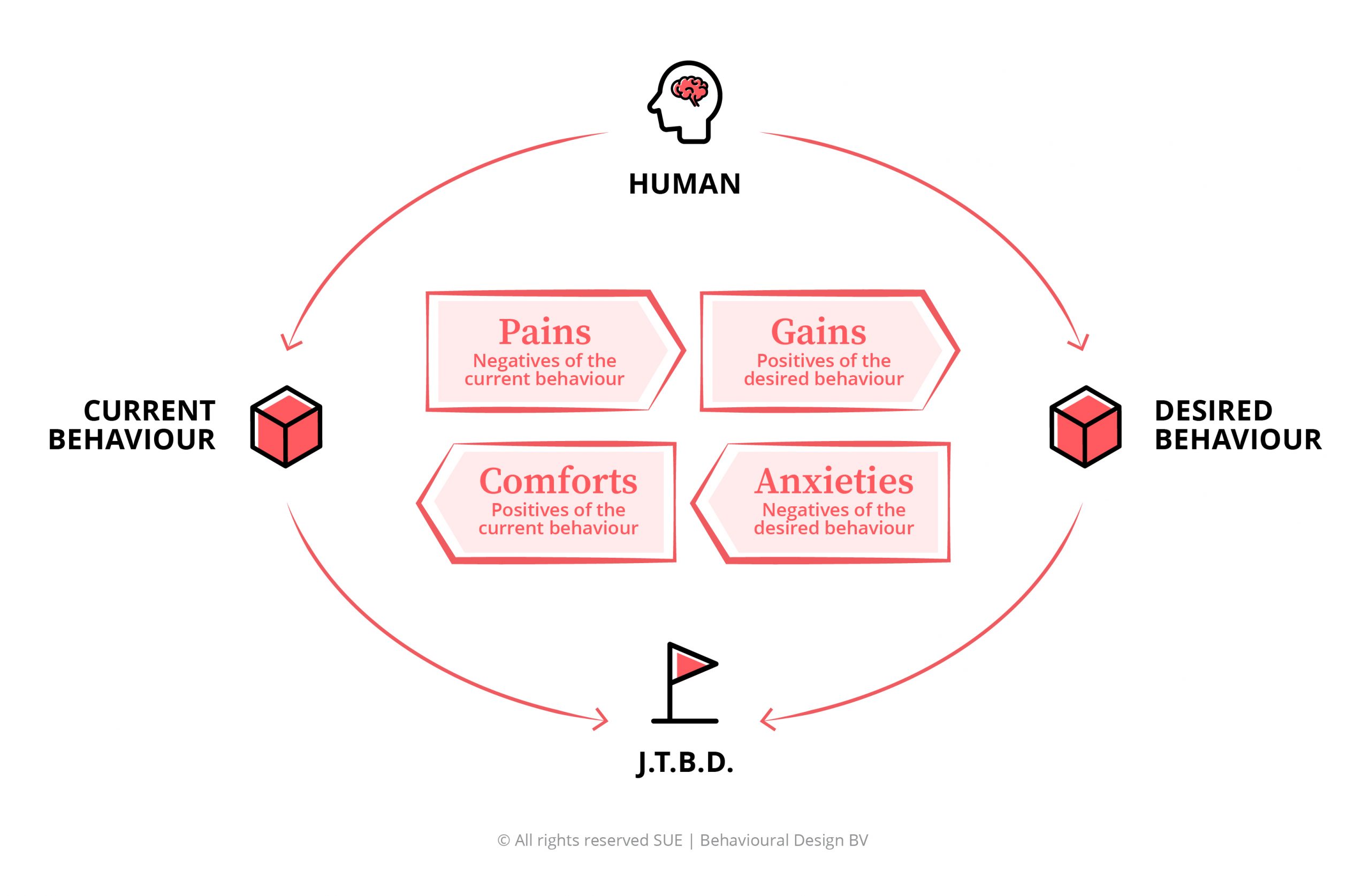 The Behavioural Insights
The Behavioural Insights
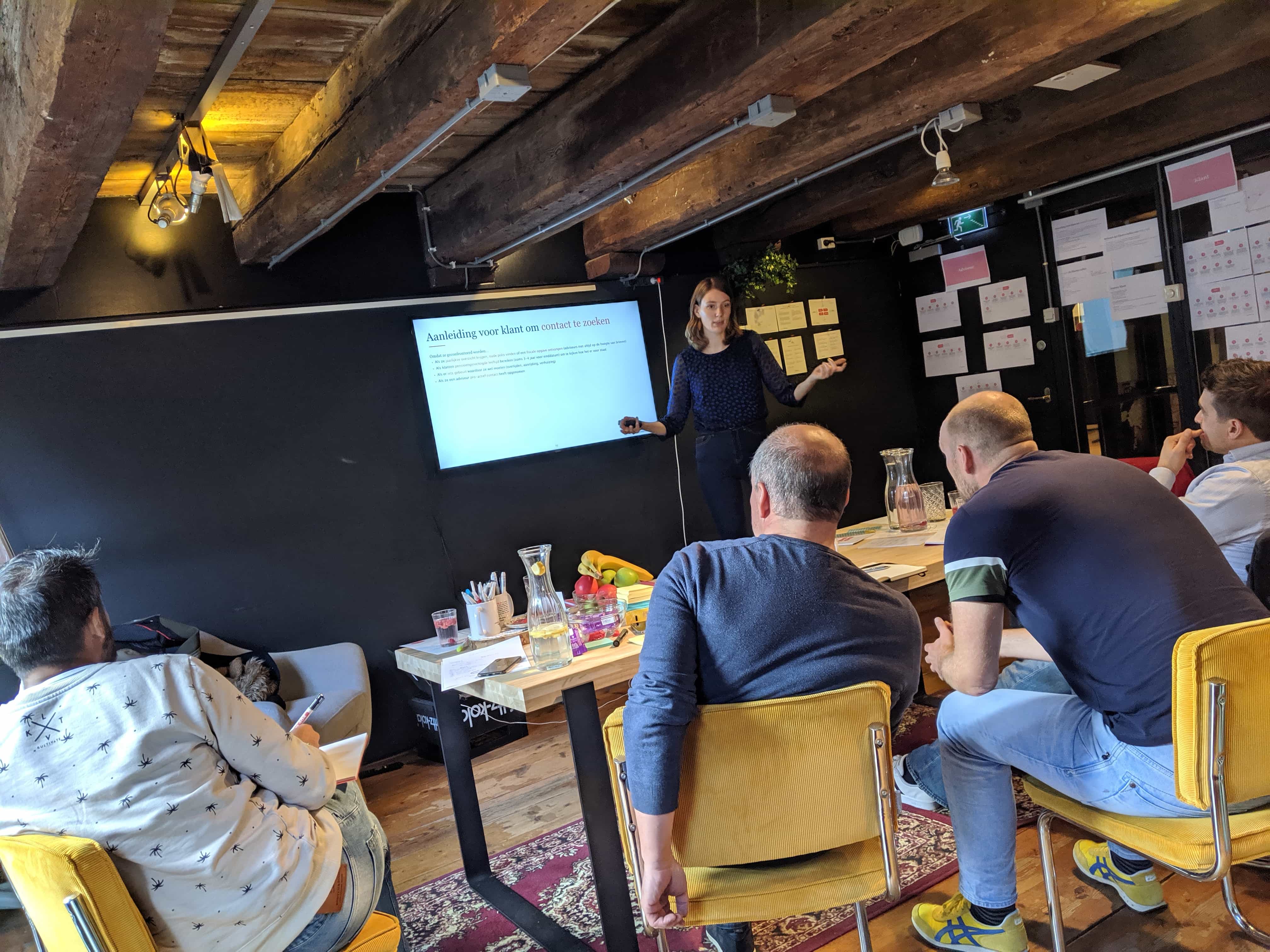
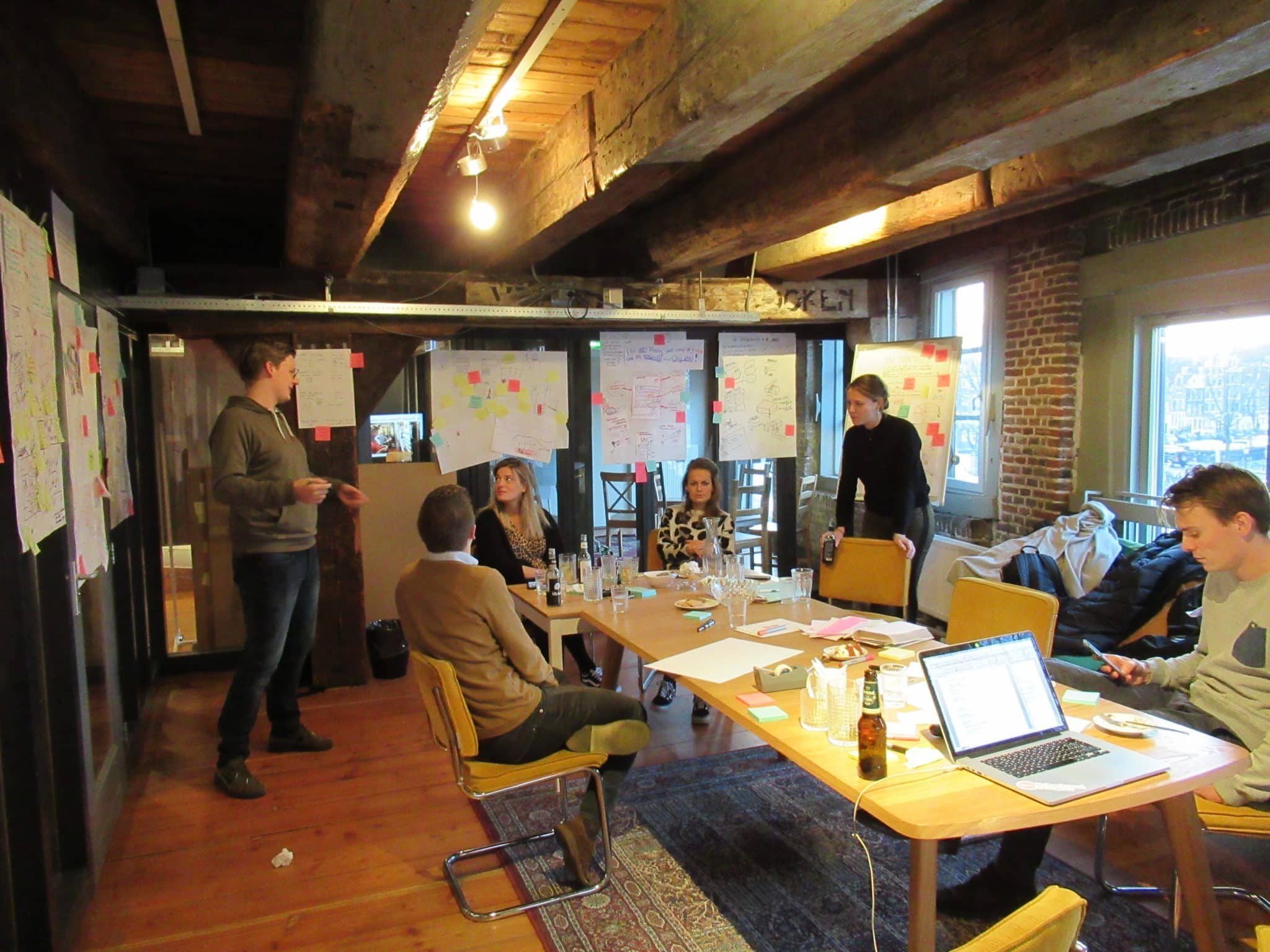
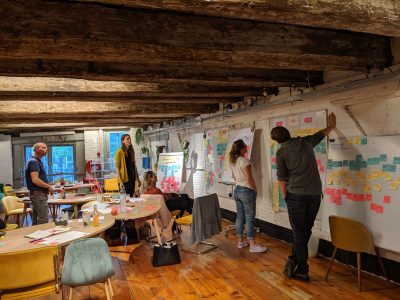




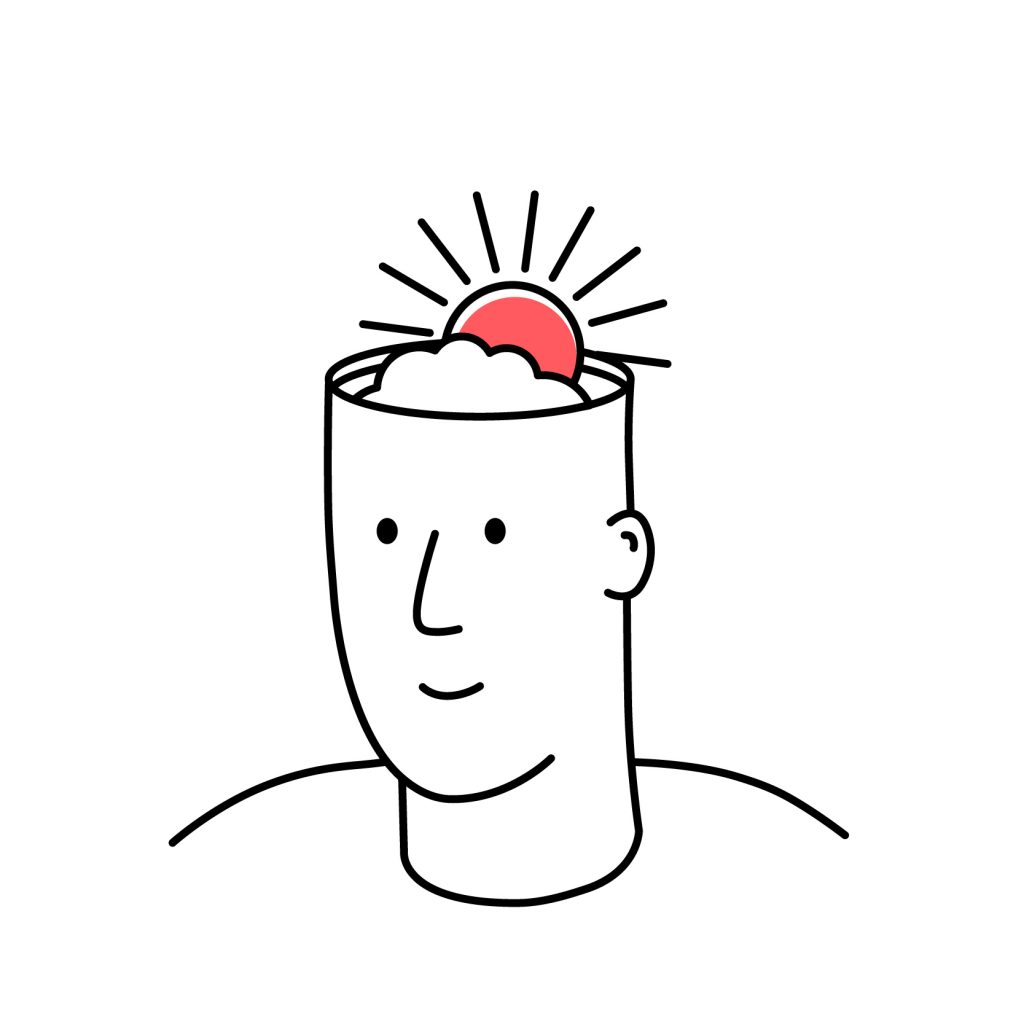
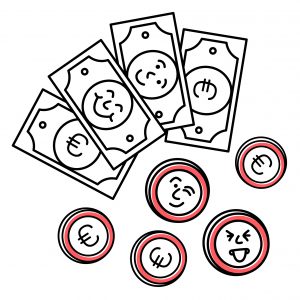
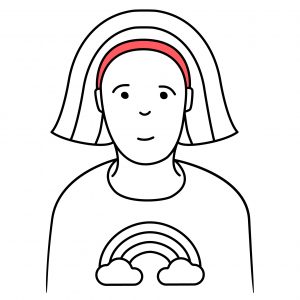 Hope is a powerful tool in elections
Hope is a powerful tool in elections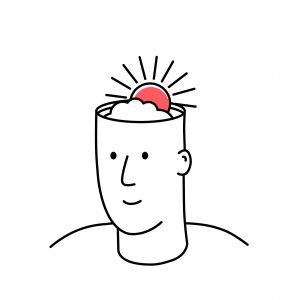 Companies are selling hope
Companies are selling hope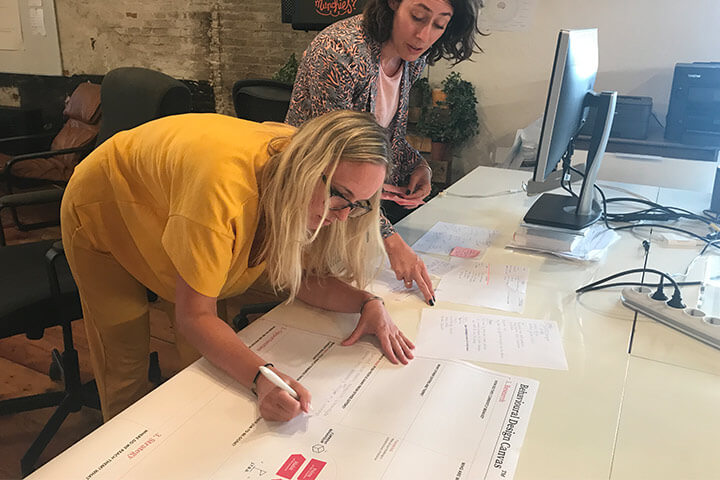


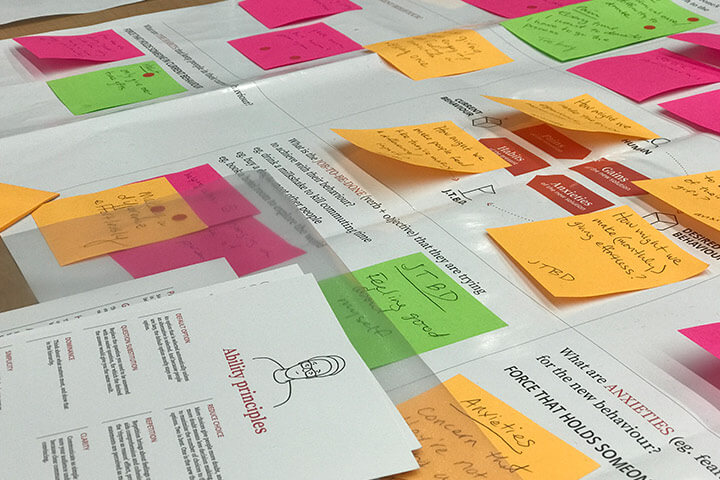
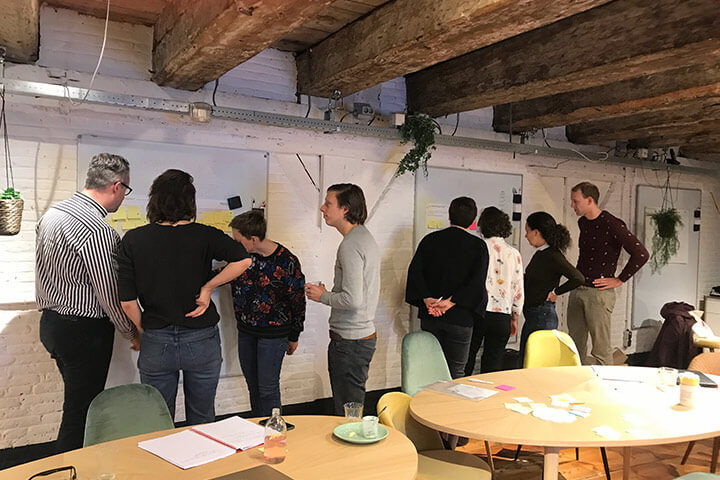
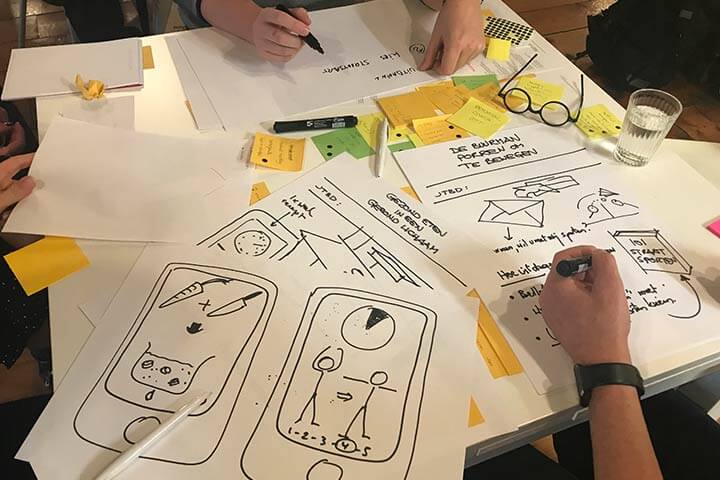
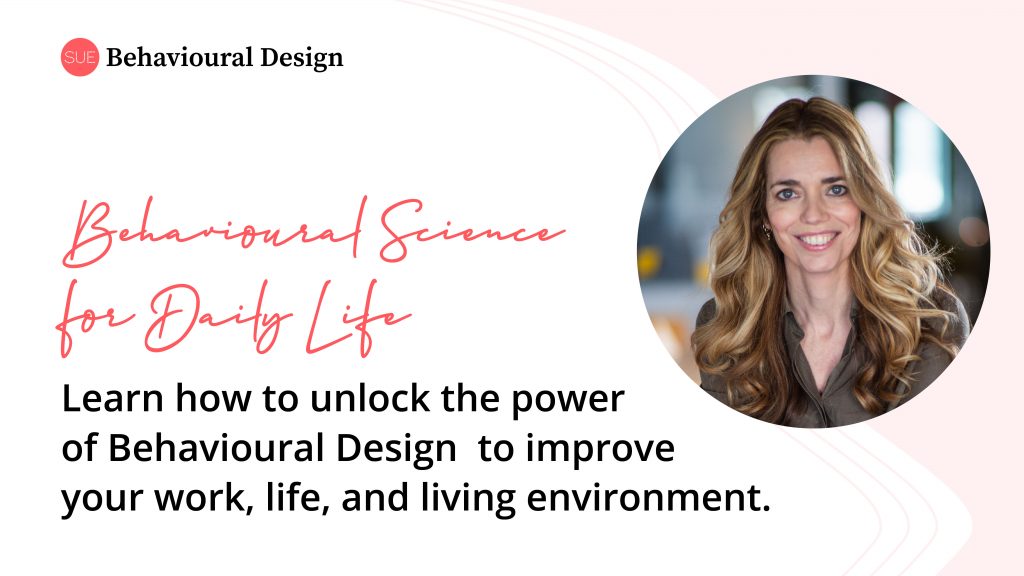

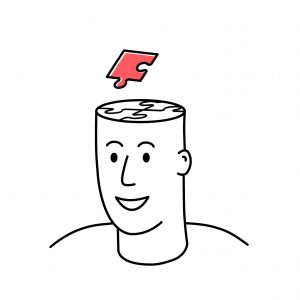
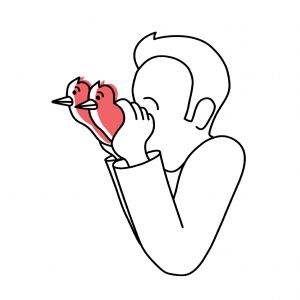 Challenge 1: Redesign Policy-Making and policy implementation.
Challenge 1: Redesign Policy-Making and policy implementation.
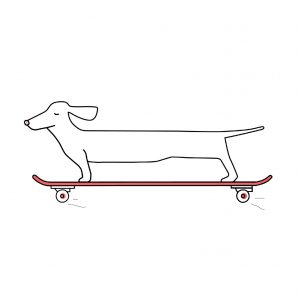

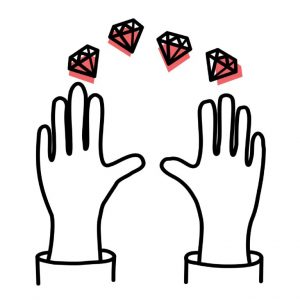
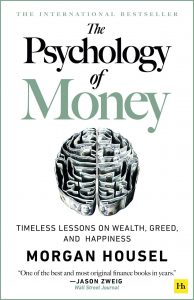

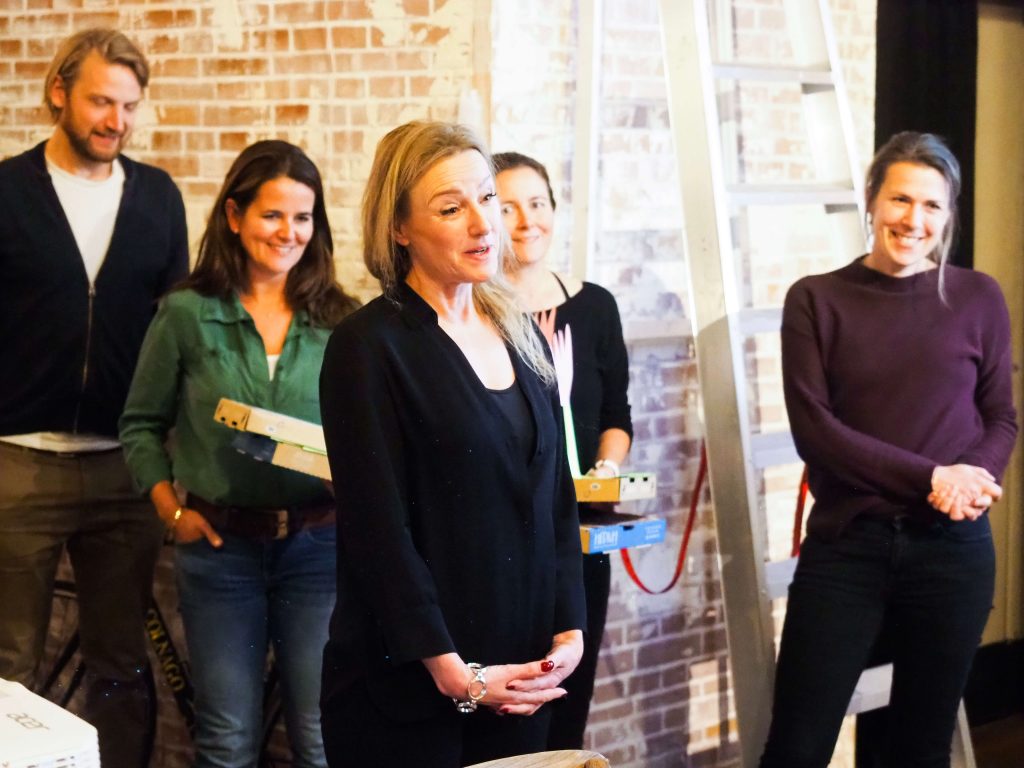
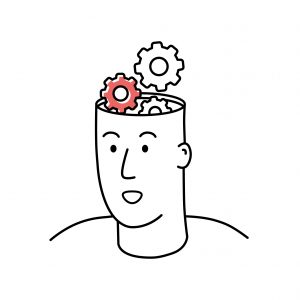

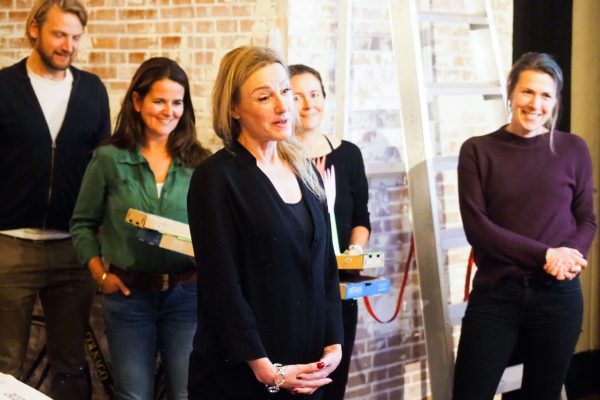
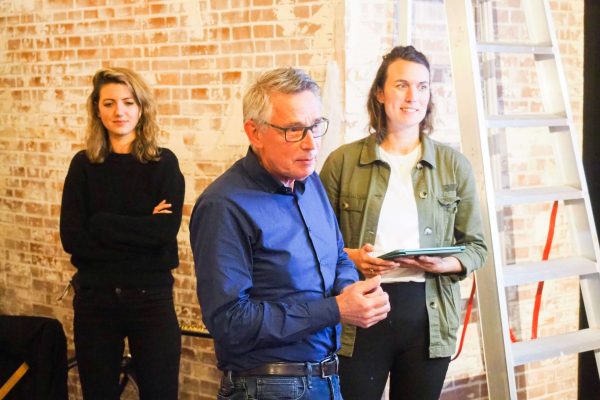

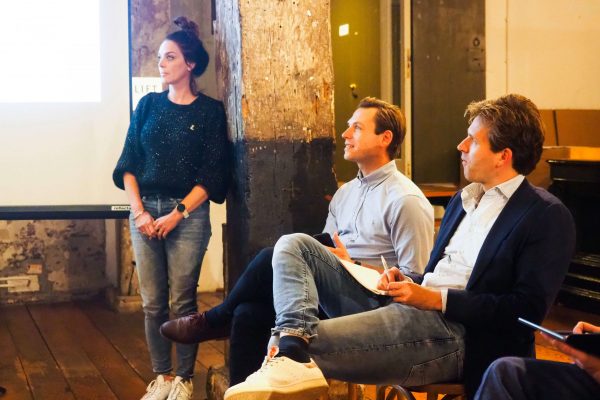
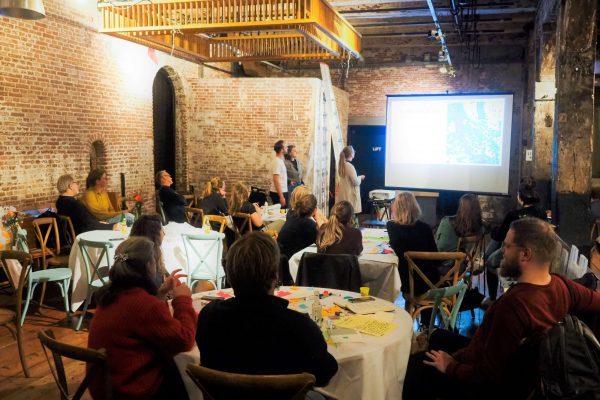
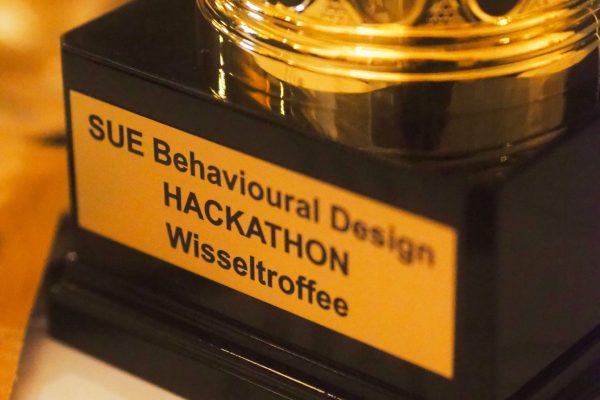
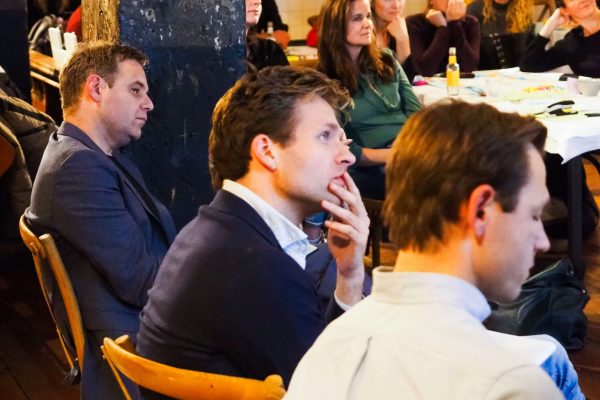
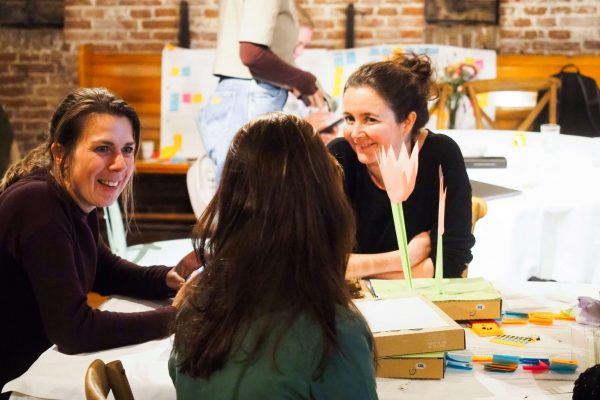
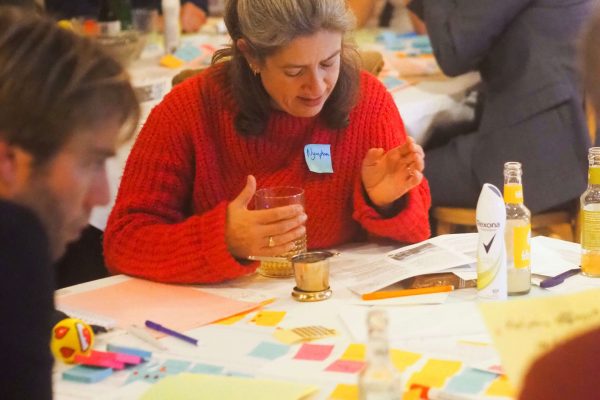
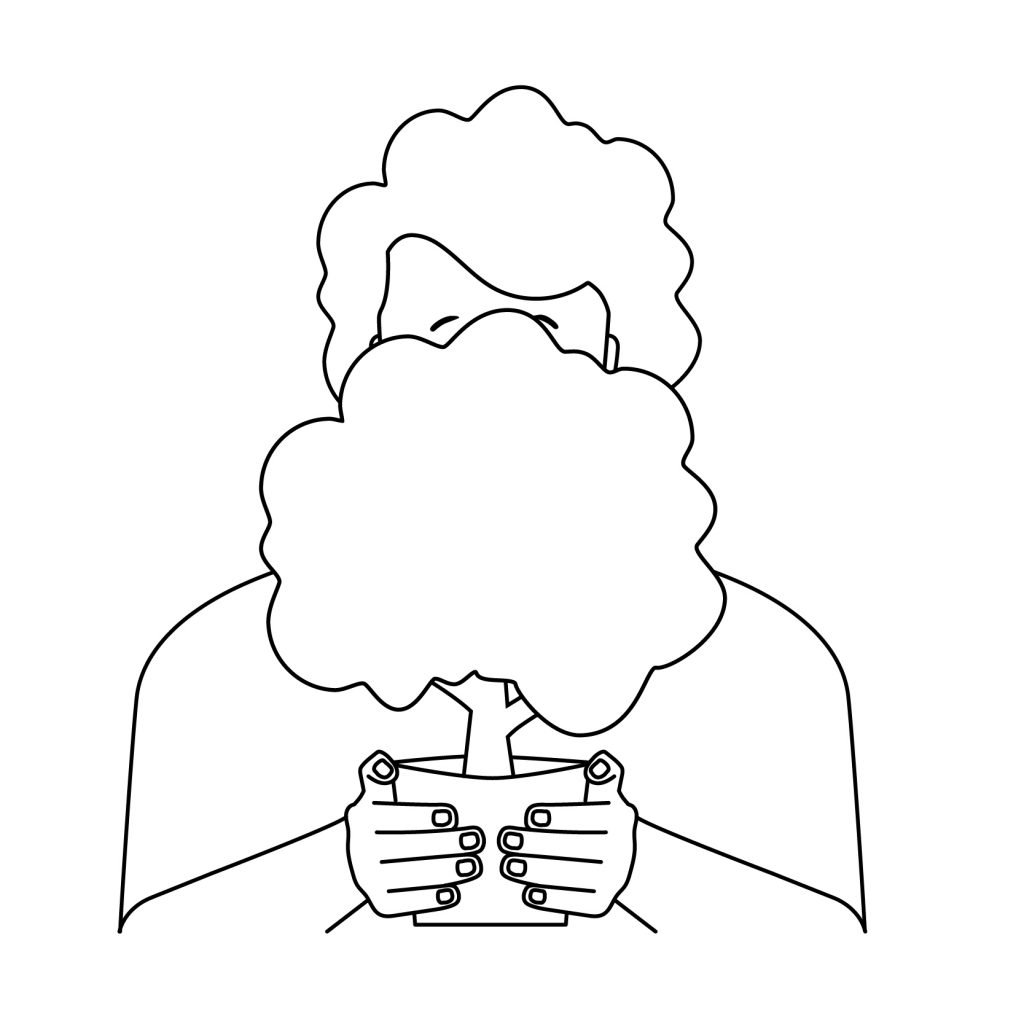
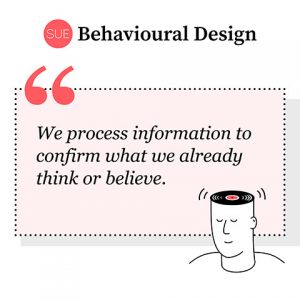
 Case study: How to get people to separate their organic waste
Case study: How to get people to separate their organic waste